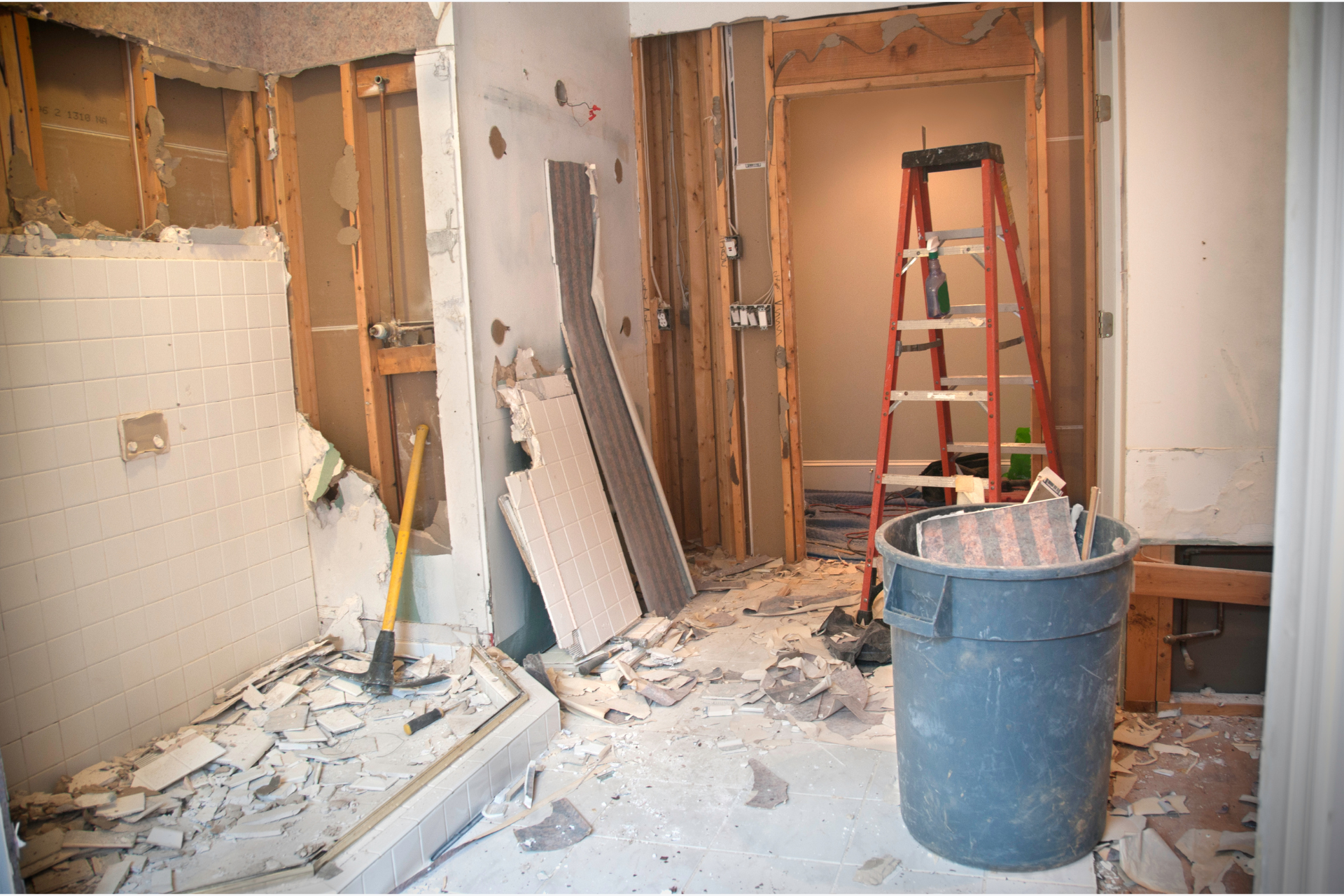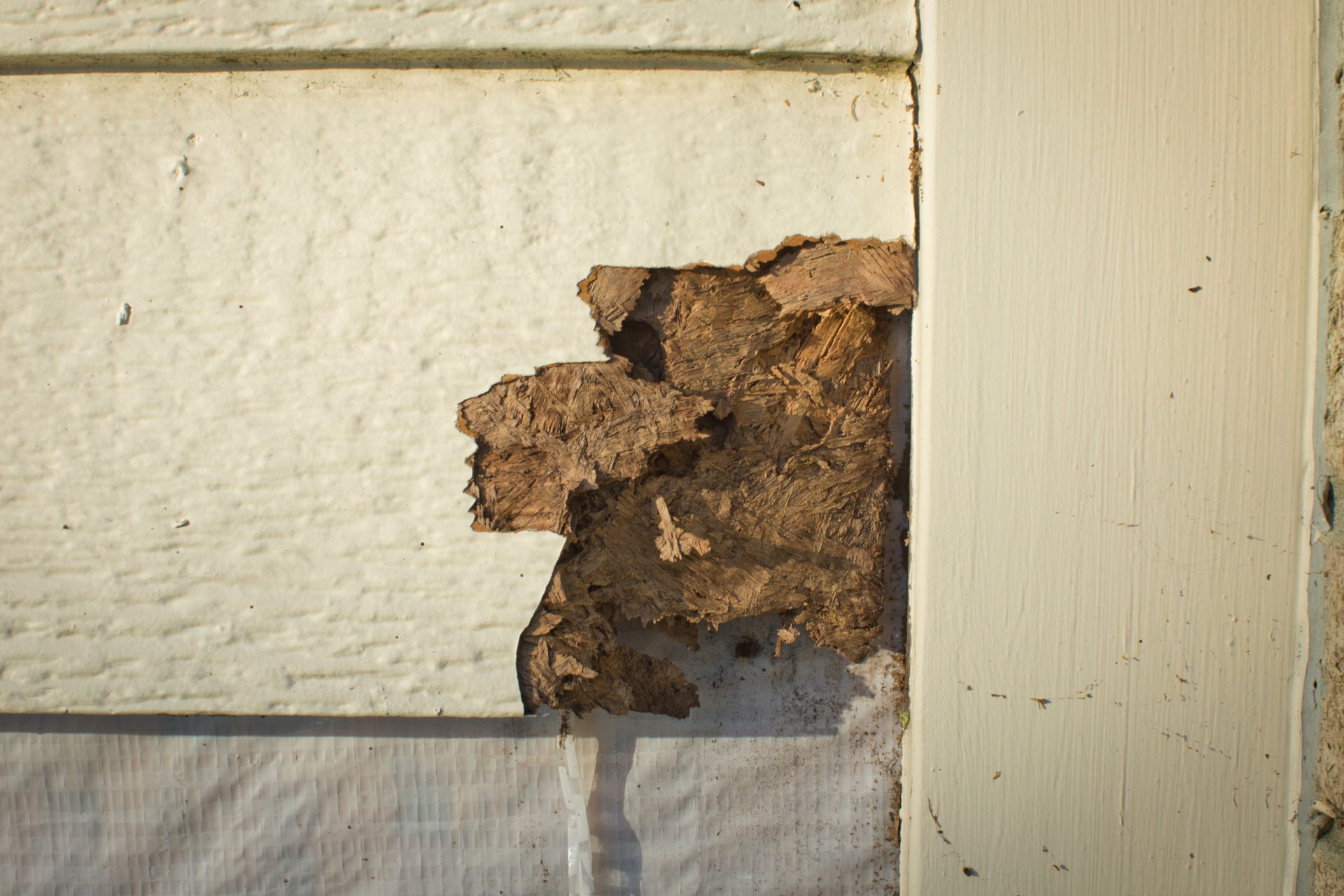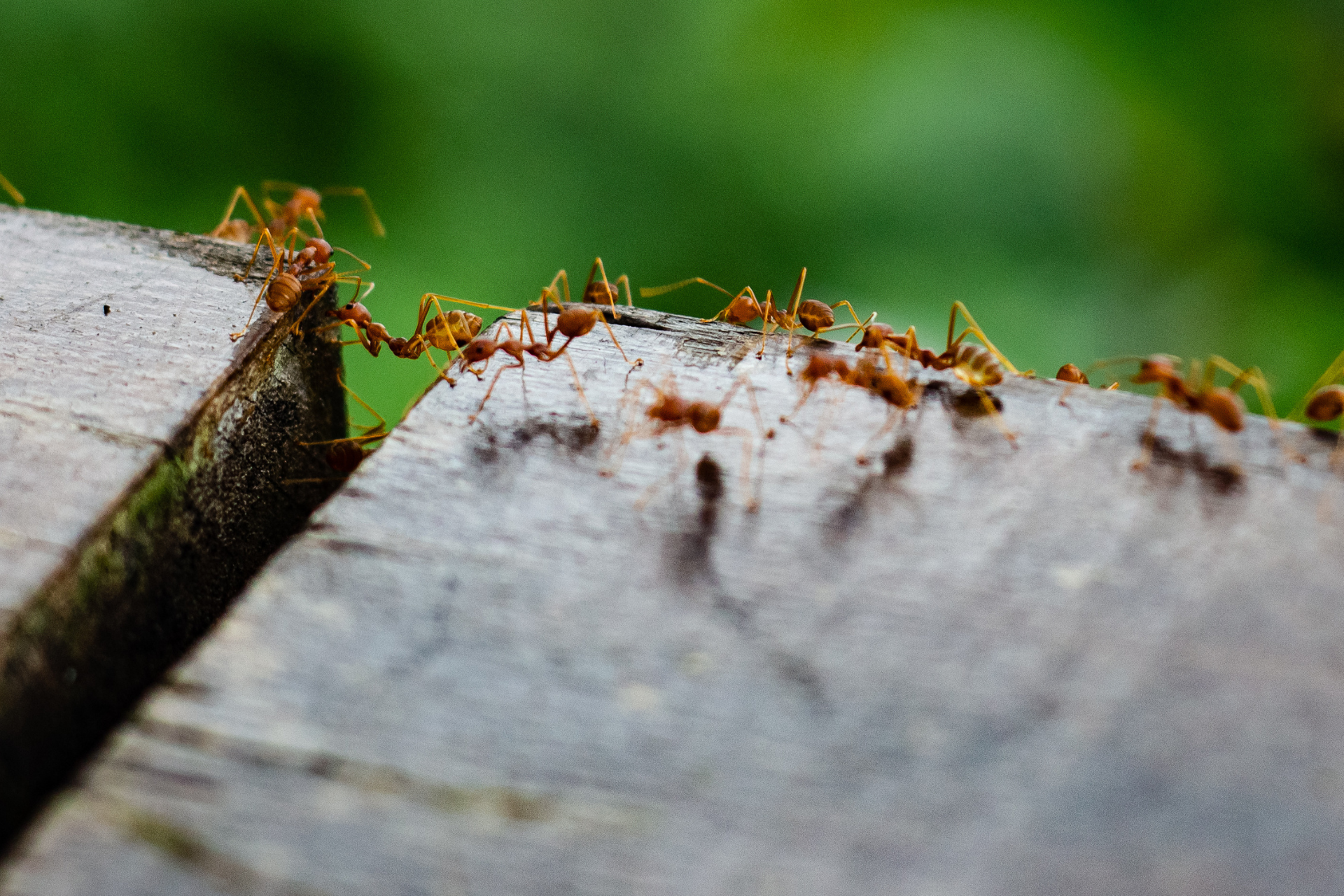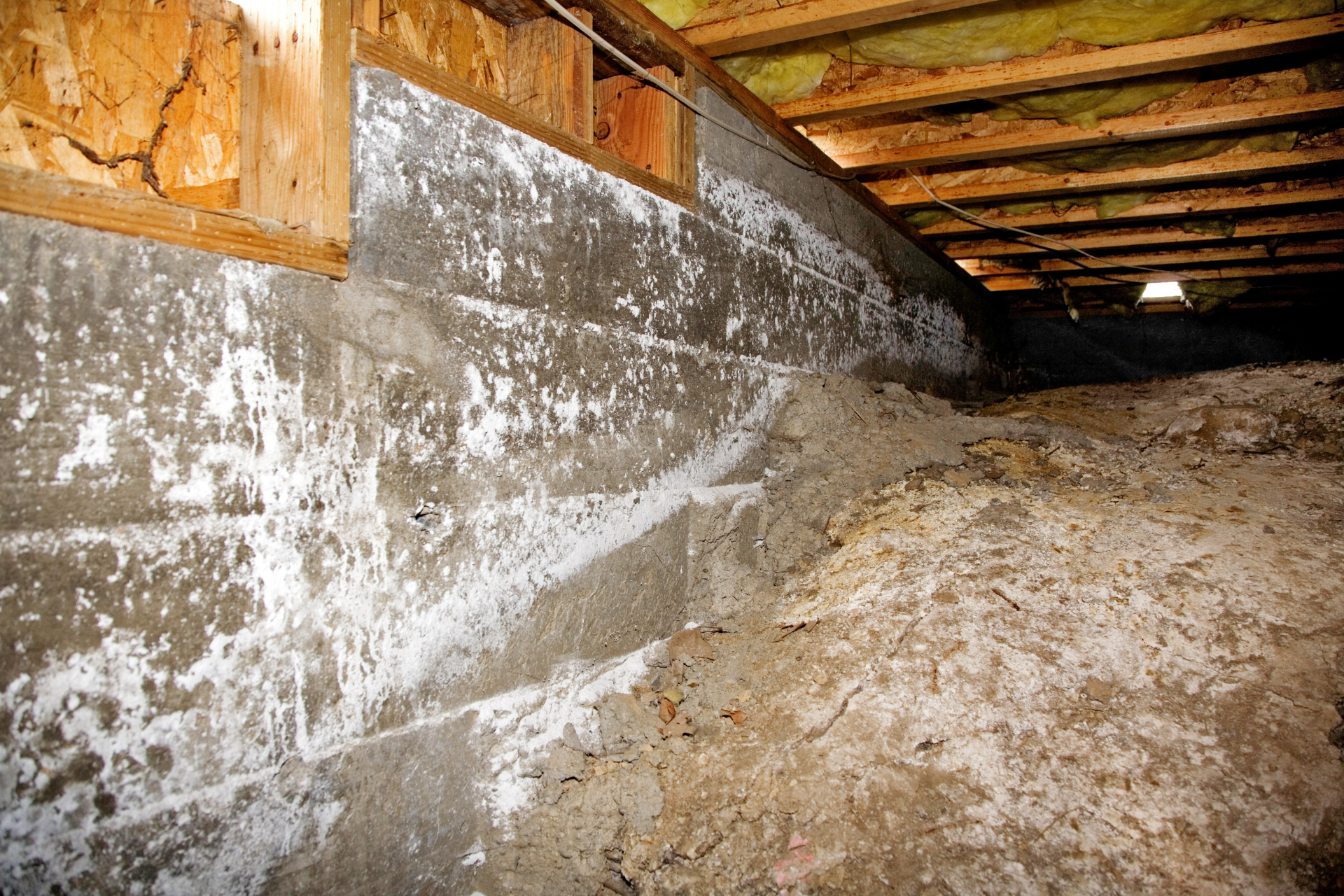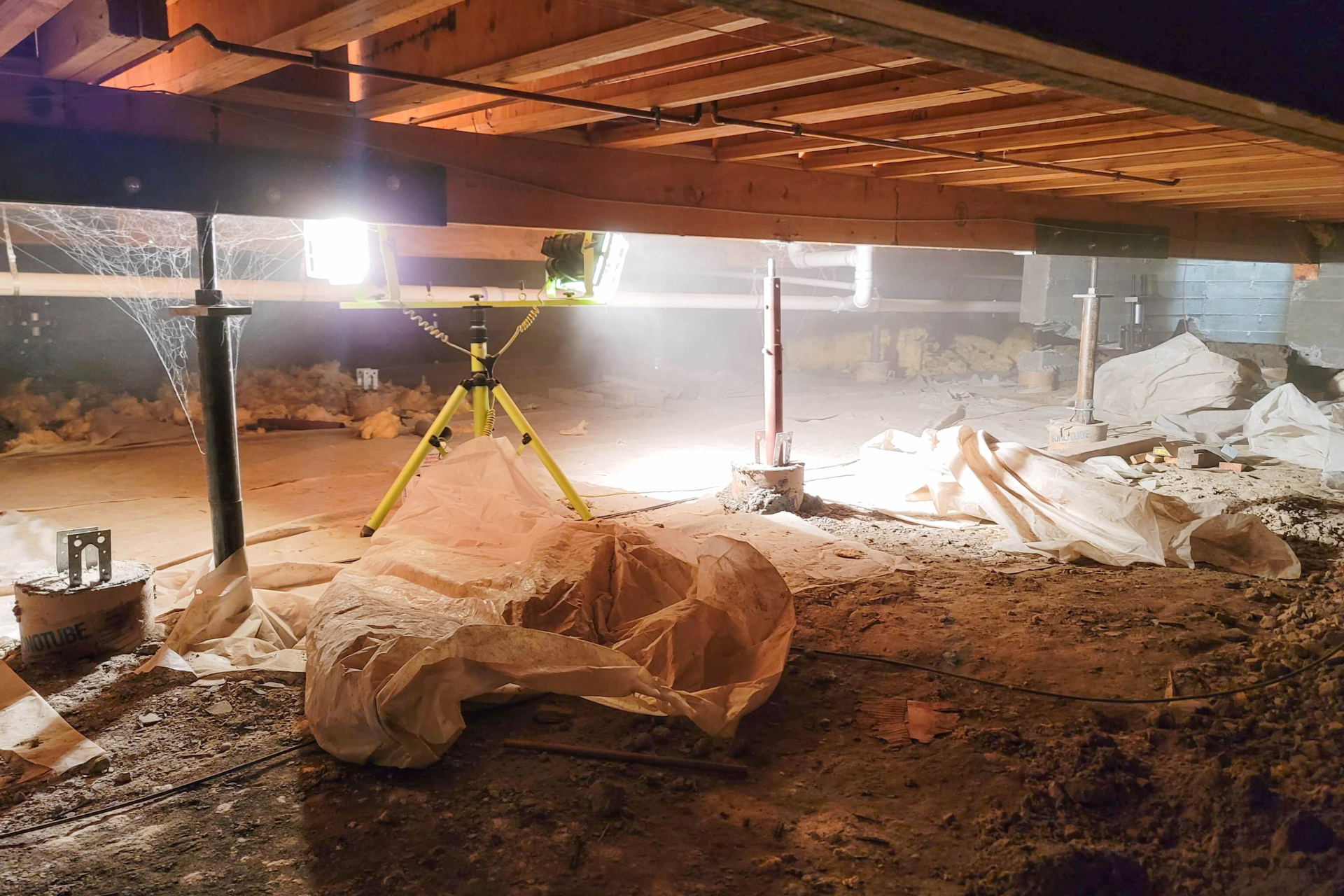Blog Layout
What's More Destructive A Carpenter Ant Or A Termite?
September 20, 2019
No But The Cost Is Still High

When most of us think about insects that cause structural damage to homes, businesses, and all wood material, the first thing that comes to mind is typically termites. Indeed, termites are the most well-known destroyers of wooden structures and are the subject of many required inspections, reports, and media reports. North Carolina, like the rest of North America, is home not only to termites but also to another highly destructive species--Carpenter Ants.
What are Carpenter Ants?
When they are in their natural environment and not damaging man-made structures, Carpenter Ants are an essential part of our environment’s life cycle. These ants convert both living and dead wood to fine dust that biodegrades and enriches the soil for new plant growth and underground animal habitat.
There are over 1,000 species of Carpenter Ants, and the most commonly found in California is the Black Carpenter Ant, which is larger than most frequently seen ant species. Their wings often cause them to be confused with termites, but their bodies have the recognizable narrow-waisted ant shape.
Carpenter Ants live in large colonies
and build extended tunneling systems between central colonies and smaller outside colonies through both wood, trees, and underground. These colonies and tunnels are built close to their preferred food sources but they will colonize areas that are suitable nesting habitat and that can be connected by tunneling.
How Do Carpenter Ants Damage Structures and Buildings?
Unlike termites
which feed on wood and other forms of cellulite material, Carpenter Ants do not eat wooden structures. Carpenter Ants chew and gnaw at wood to make their tunnels and nesting areas. These ants have powerful jaw structures that enable them to remove wood quickly and tear it down into fine sawdust. Carpenter Ants usually do not cause much external surface damage to wood structures other than small slits where they enter the wood to tunnel and dig out space for their colonies. They do leave sawdust outside their digging areas. Carpenter Ants also will dig in soft insulation and other foam materials.
How Does Carpenter Ant Damage Compare to Termite Damage?
Overall, Carpenter Ants do not cause the same level of destruction of wood structures as termites do. Of course, the level of damage to any structure depends on the number of colonies
and tunnels that exist inside the building. While Carpenter Ants typically prefer softer moist wood for their digging, they will often tunnel in buildings that are close to their preferred outdoors habitat. Their digging can result in unwanted water intrusion, resulting in wood that is moister and more attractive for further digging. In short, Carpenter Ants do not consider your home or business as food, as termites do. However, if your building becomes an attractive home for Carpenter Ants, they can cause significant, but different, structural damage than termites.
How are Carpenter Ants Eliminated and Controlled?
The key
to eliminating existing Carpenter Ants is locating and removing all of their nesting areas. Unless central and secondary colonies are destroyed, Carpenter Ants will return to infested areas a short time after treatment. Professional extermination is accomplished with materials that are approved for people, animals, and the environment, and that can be blown into nests and tunnels. Professional treatment also includes the examination of your outdoor areas for nests and elimination of all outside colonies that can supply and support colonies inside your structures.
Substantial Carpenter Ant damage can require remediation to damaged wood structures. Professional management of Carpenter Ants and the elimination of future infestation involves regular inspections. Sometimes baiting and monitoring systems can provide useful feedback to a pest control professional. Permanent perimeter treatments for your property may also be appropriate. Many forms of Carpenter Ant control are complementary to and work alongside termite control methods, and we will be glad to discuss how these forms of pest control work together.
At Ease Pest Management uses professional, responsible, and effective methods to inspect your property and properly advise you on proper termite and Carpenter Ant control. Call us today for an inspection and assessment of all of your pest control needs.
Troutman Branch
694 South Main Street
Troutman, NC 28166
704.761.9697

